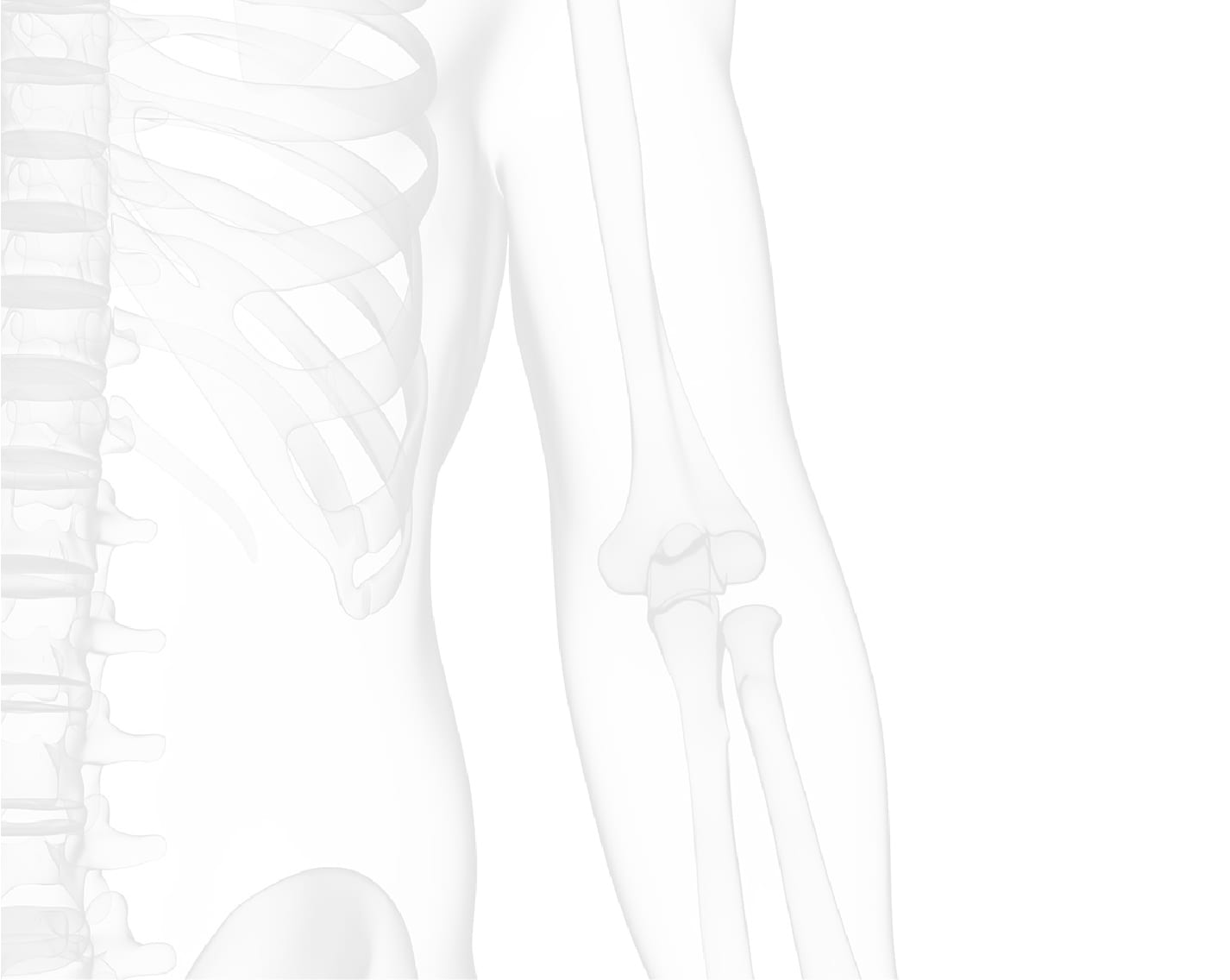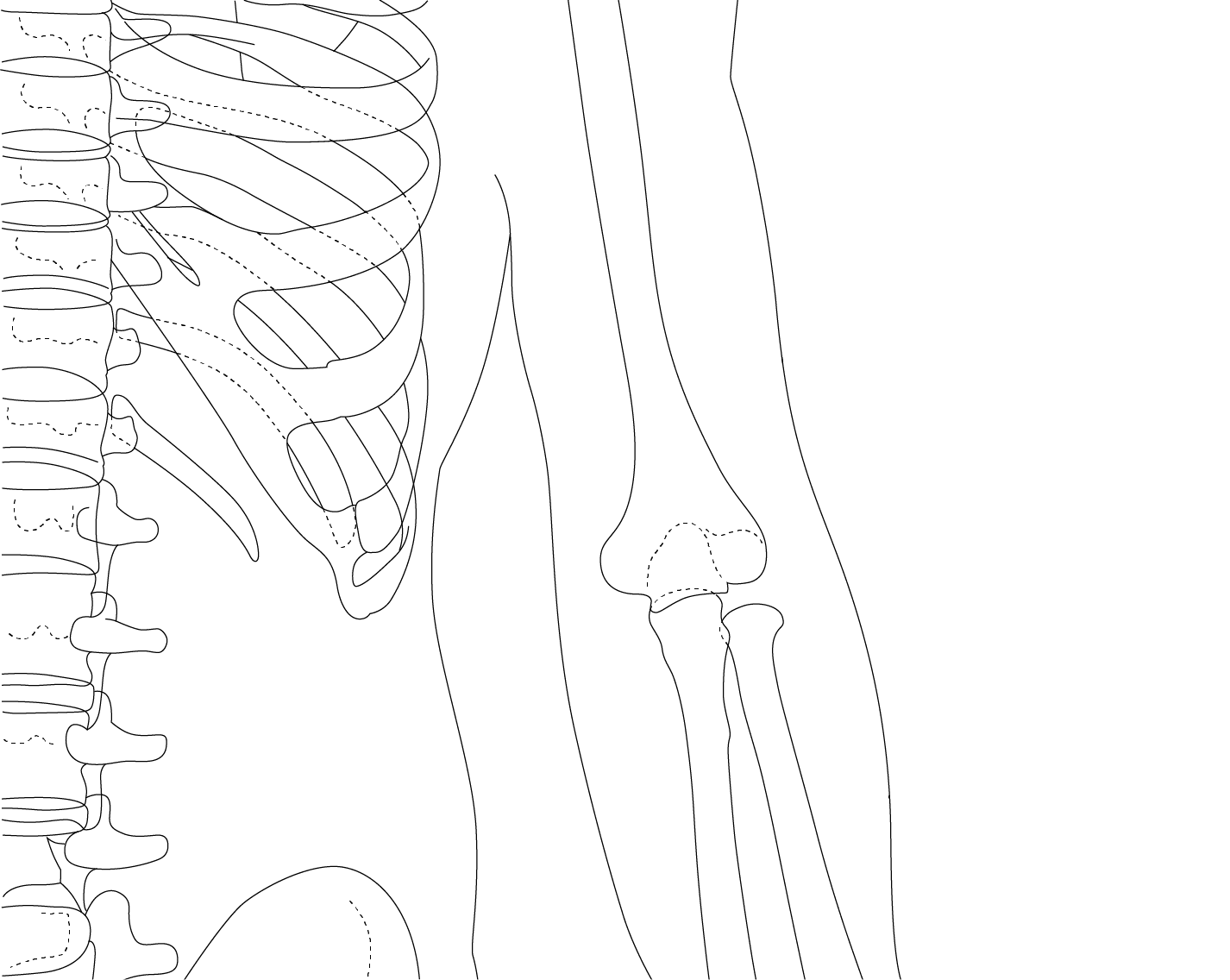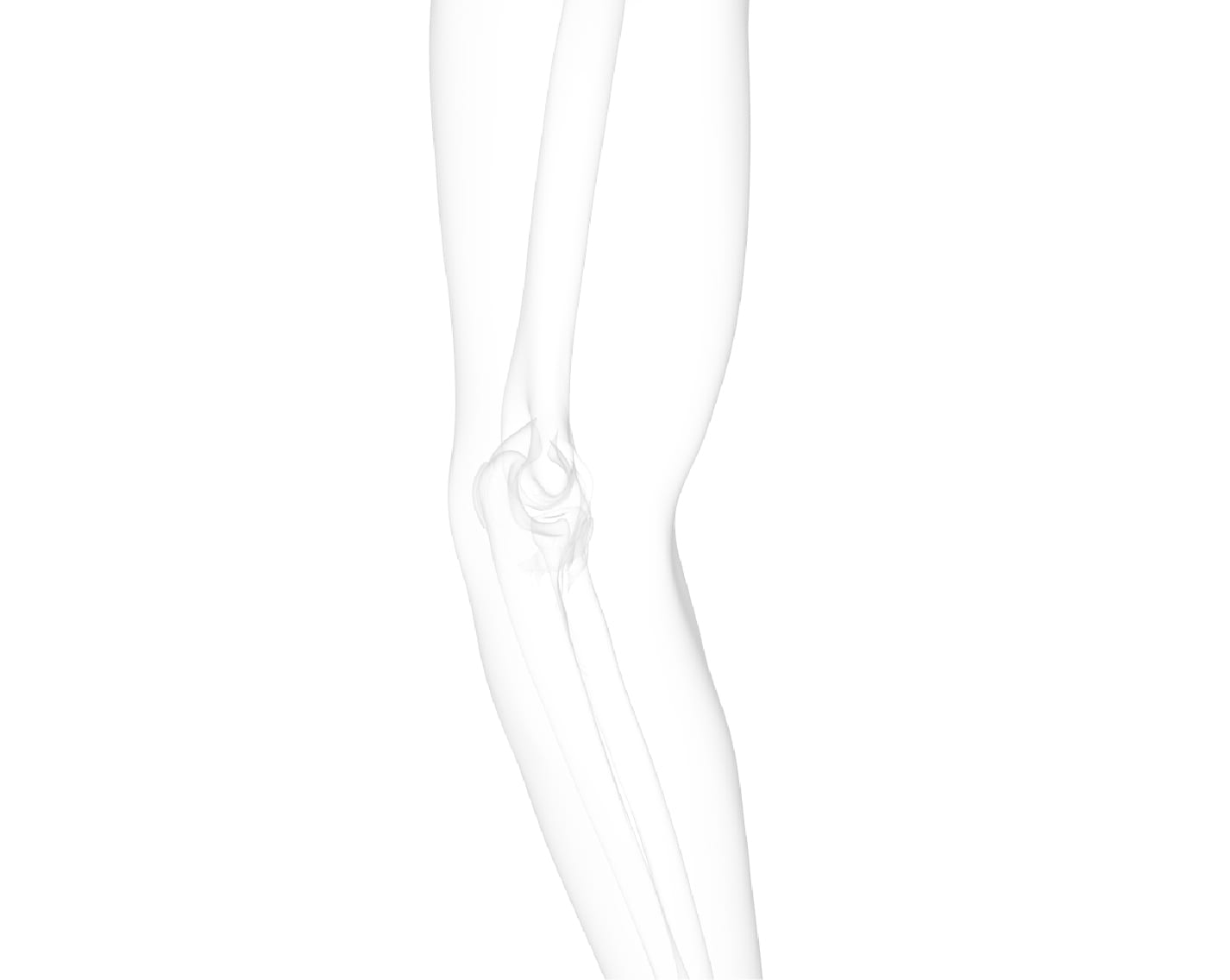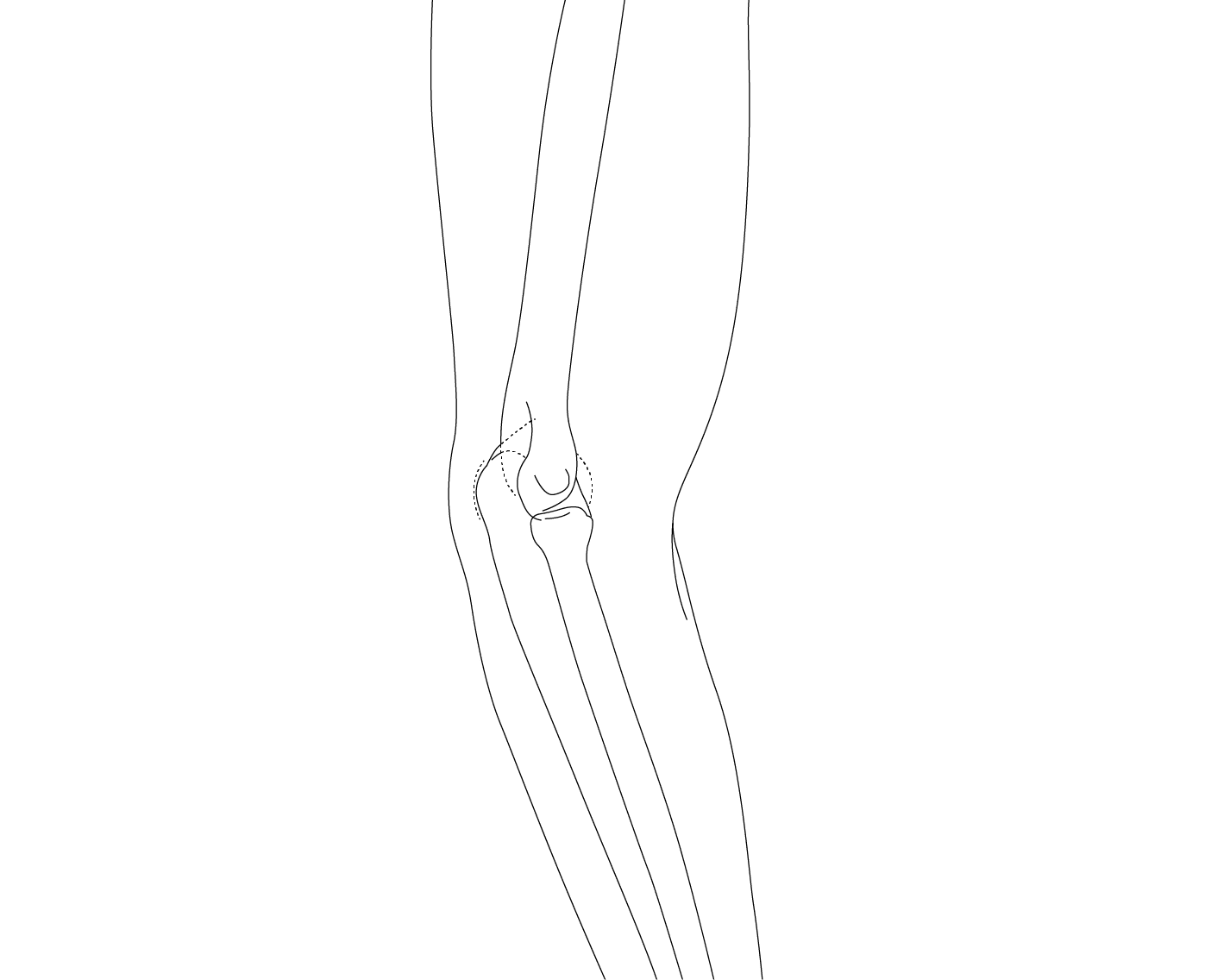The elbow is a complex joint formed by the meeting of three bones: the humerus, the radius, and the ulna. The humerus is the long bone of the upper arm, the radius runs along the thumb side of the forearm, and the ulna runs along the pinky side of the forearm. Surrounding the elbow is a strong capsule of ligaments that protect and stabilize the joint.
There are three joints in the elbow that contribute to its movement:
- Proximal radioulnar joint – the meeting point of the radius and ulna at the humerus
- Humeroradial joint – the meeting point of the humerus and the radius
- Humeroulnar joint – the meeting point of the humerus and the ulna
The elbow has both a hinge joint and a ball and socket joint. The hinge joint allows the elbow to flex (bend) and extend (straighten). The ball and socket joint allows for rotation of the arm, like when we rotate our palm facing upward (pronation) and downward (supination).
The complexity of the elbow is what contributes to its unique movement properties and allows athletes the ability to perform motions like throwing.







